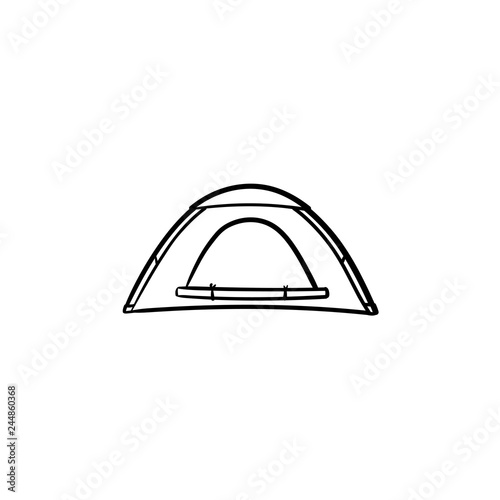Winter outdoor camping is a fun and daring experience, however it calls for appropriate gear to guarantee you stay cozy. You'll need a close-fitting base layer to catch your body heat, together with an insulating coat and a waterproof covering.
You'll additionally require snow stakes (or deadman anchors) buried in the snow. These can be tied using Bob's clever knot or a normal taut-line drawback.
Pitch Your Outdoor tents
Wintertime outdoor camping can be a fun and adventurous experience. However, it is important to have the proper equipment and understand exactly how to pitch your tent in snow. This will protect against cool injuries like frostbite and hypothermia. It is likewise essential to eat well and stay hydrated.
When establishing camp, make certain to choose a site that is sheltered from the wind and devoid of avalanche threat. It is likewise a good concept to load down the area around your tent, as this will certainly help in reducing sinking from body heat.
Before you established your outdoor tents, dig pits with the exact same size as each of the support factors (groundsheet rings and man lines) in the center of the outdoor tents. Fill up these pits with sand, stones or even things sacks full of snow to compact and safeguard the ground. You might also intend to think about a dead-man anchor, which involves linking camping tent lines to sticks of wood that are hidden in the snow.
Pack Down the Location Around Your Camping tent
Although not a necessity in most locations, snow stakes (additionally called deadman supports) are an outstanding enhancement to your camping tent pitching tent poles kit when outdoor camping in deep or compressed snow. They are basically sticks that are made to be buried in the snow, where they will certainly freeze and create a solid anchor factor. For finest outcomes, utilize a clover hitch knot on the top of the stick and hide it in a few inches of snow or sand.
Establish Your Tent
If you're camping in snow, it is an excellent idea to make use of a camping tent designed for winter season backpacking. 3-season outdoors tents work great if you are making camp below tree line and not anticipating especially rough weather condition, yet 4-season camping tents have tougher poles and textiles and use more security from wind and hefty snowfall.
Make sure to bring adequate insulation for your resting bag and a cozy, dry blow up mat to sleep on. Blow up mats are much warmer than foam and aid avoid cool areas in your outdoor tents. You can also include an extra floor covering for resting or cooking.
It's likewise an excellent idea to establish your tent near to a natural wind block, such as a team of trees. This will make your camp a lot more comfy. If you can't discover a windbreak, you can create your own by excavating holes and burying things, such as rocks, tent risks, or "dead man" supports (old tent person lines) with a shovel.
Restrain Your Tent
Snow risks aren't necessary if you utilize the ideal techniques to anchor your outdoor tents. Hidden sticks (maybe gathered on your approach hike) and ski posts function well, as does some version of a "deadman" buried in the snow. (The concept is to develop an anchor that is so strong you won't have the ability to draw it up, even with a lot of initiative.) Some manufacturers make specialized dead-man anchors, yet I choose the simpleness of a taut-line drawback tied to a stick and afterwards hidden in the snow.
Be aware of the terrain around your camp, specifically if there is avalanche threat. A branch that falls on your tent might harm it or, at worst, wound you. Additionally be wary of pitching your camping tent on an incline, which can catch wind and bring about collapse. A sheltered area with a low ridge or hill is far better than a high gully.
